Donate now to support the LLIFLE projects.
Your support is critical to our success.
Your support is critical to our success.
Ferocactus townsendianus
Cactaceae (Britton & Rose) 3: 127, pl. 12. 1922 [12 Oct 1922]
Family: CACTACEAE
Cactaceae (Britton & Rose) 3: 127, pl. 12. 1922 [12 Oct 1922]
Family: CACTACEAE
Accepted Scientific Name: Ferocactus peninsulae subs. townsendianus (Britton & Rose) Pilbeam & Bowdery
Ferocactus 83. 2005 Pilbeam
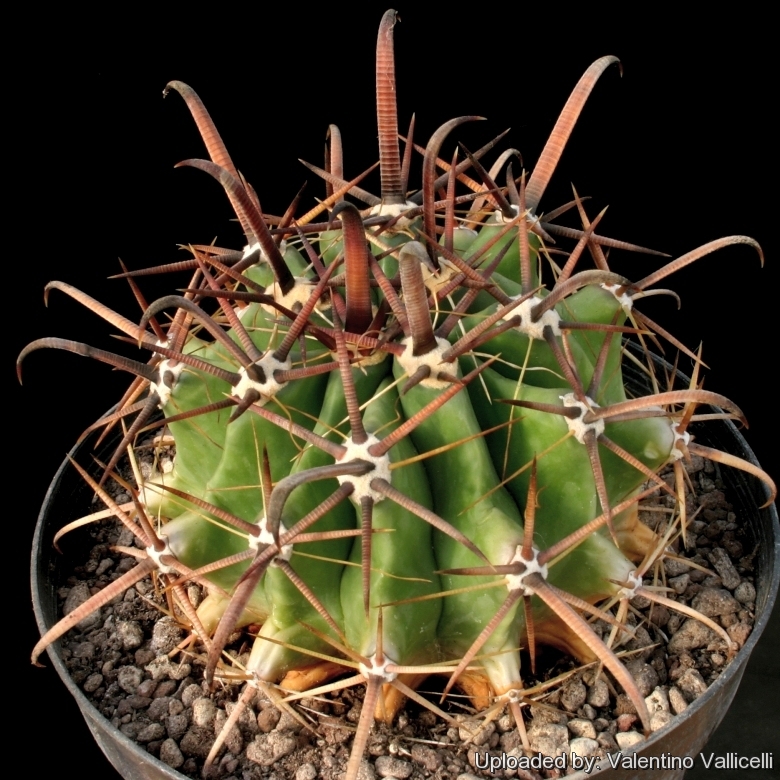
Ferocactus townsendianus (Ferocactus peninsulae subs. townsendianus) Photo by: Valentino Vallicelli
Synonyms:
- Ferocactus peninsulae subs. townsendianus (Britton & Rose) Pilbeam & Bowdery
- Ferocactus peninsulae var. townsendianus (Britton & Rose) N.P.Taylor
- Ferocactus townsendianus Britton & Rose
See all synonyms of Ferocactus peninsulae
back
Accepted name in llifle Database:Ferocactus peninsulae (F.A.C.Weber) Britton & Rose
Cactaceae (Britton & Rose) 3: 133, fig. 140. 1922 [12 Oct 1922]
Synonymy: 9
- Ferocactus peninsulae (F.A.C.Weber) Britton & Rose
- Echinocactus peninsulae F.A.C.Weber
- Ferocactus horridus Britton & Rose
- Ferocactus peninsulae f. brevispinus (Chinned type)
- Ferocactus peninsulae f. brevispinus cristatus hort.
- Ferocactus peninsulae f. brevispinus hort.
Ferocactus peninsulae subs. santa-maria (Britton & Rose) Pilbeam & Bowdery
Ferocactus 82. 2005
Synonymy: 5
- Ferocactus peninsulae subs. santa-maria (Britton & Rose) Pilbeam & Bowdery
- Echinocactus santa-maria (Britton & Rose) Rose ex Schick
- Ferocactus peninsulae var. santa-maria (Britton & Rose) N.P.Taylor
- Ferocactus santa-maria Britton & Rose
- Ferocactus townsendianus var. santa-maria (Britton & Rose) G.E.Linds.
Ferocactus peninsulae subs. townsendianus (Britton & Rose) Pilbeam & Bowdery
Ferocactus 83. 2005
Synonymy: 3
- Ferocactus peninsulae subs. townsendianus (Britton & Rose) Pilbeam & Bowdery
- Ferocactus peninsulae var. townsendianus (Britton & Rose) N.P.Taylor
- Ferocactus townsendianus Britton & Rose
back
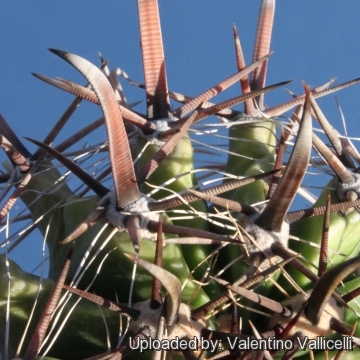
Ferocactus townsendianus (Ferocactus peninsulae subs. townsendianus) Photo by: Valentino Vallicelli
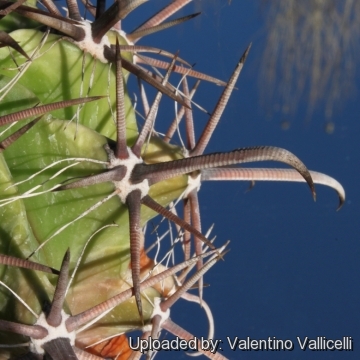
Ferocactus townsendianus (Ferocactus peninsulae subs. townsendianus) Photo by: Valentino Vallicelli
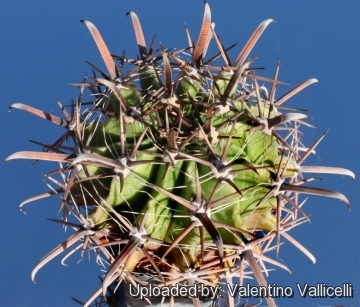
Ferocactus townsendianus (Ferocactus peninsulae subs. townsendianus) Photo by: Valentino Vallicelli
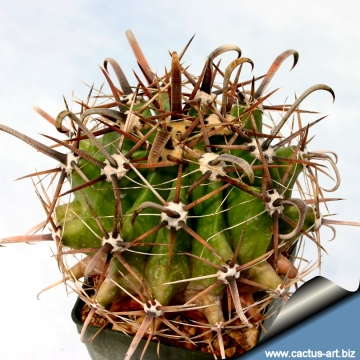
Ferocactus townsendianus (Ferocactus peninsulae subs. townsendianus) Photo by: Cactus Art
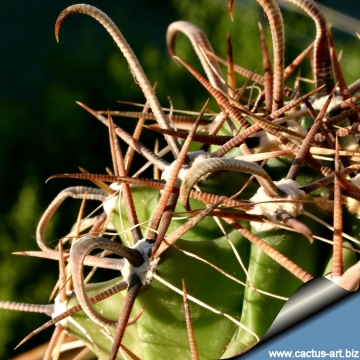
Ferocactus townsendianus (Ferocactus peninsulae subs. townsendianus) Photo by: Cactus Art
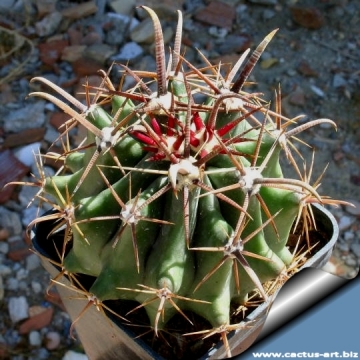
Ferocactus townsendianus (Ferocactus peninsulae subs. townsendianus) Photo by: Cactus Art
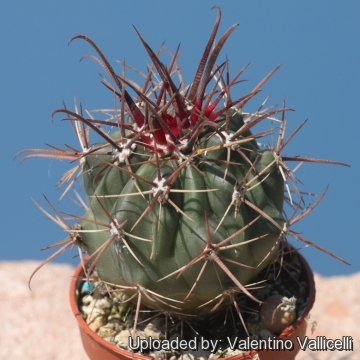
Ferocactus townsendianus Cabo San Lucas, Baja California, Mexico. (Ferocactus peninsulae subs. townsendianus) Photo by: Valentino Vallicelli
Send a photo of this plant.
The gallery now contains thousands of pictures, however it is possible to do even more. We are, of course, seeking photos of species not yet shown in the gallery but not only that, we are also looking for better pictures than those already present. Read More...
The gallery now contains thousands of pictures, however it is possible to do even more. We are, of course, seeking photos of species not yet shown in the gallery but not only that, we are also looking for better pictures than those already present. Read More...
| Your Actions | |
|---|---|
| Back to Ferocactus index | |
| Back to Cactaceae index | |
 |
Back to Cacti Encyclopedia index |








